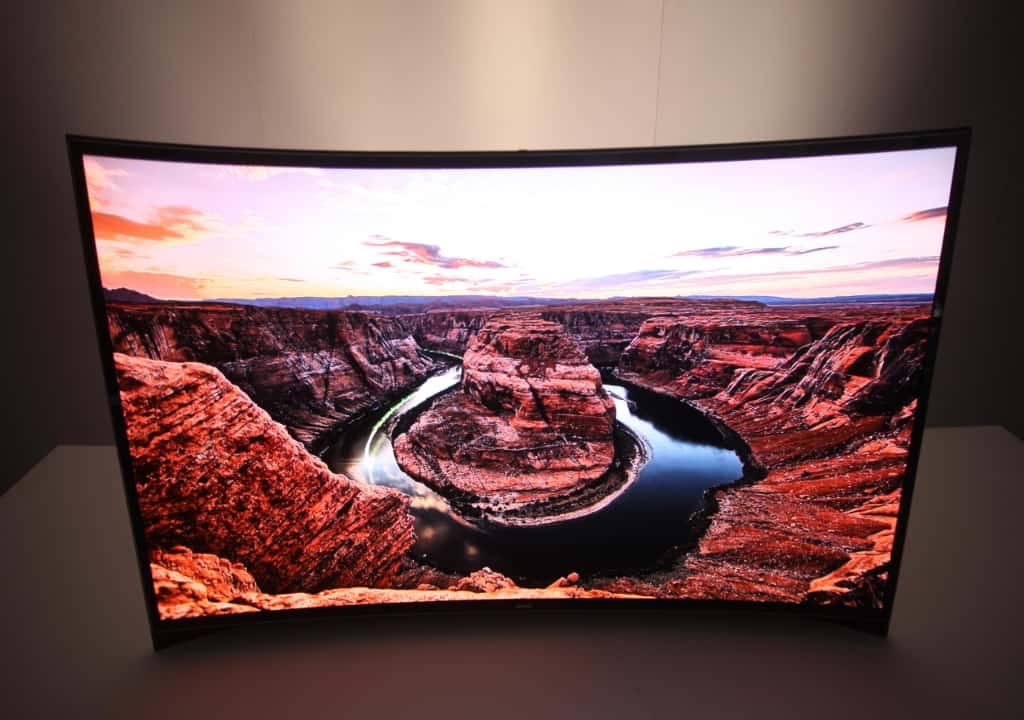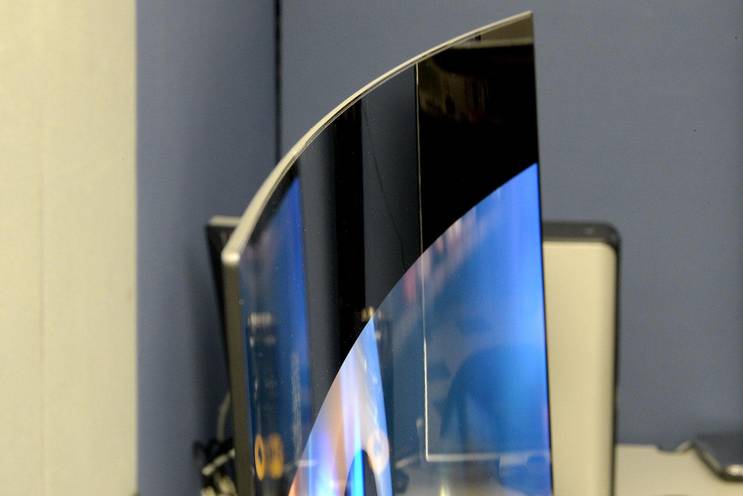The benefits of curved TV screens were put on full display at CES in 2014. Samsung TV’s have been one of the main things on show, from 4K TV’s to a 65 inch curved tv Samsung created. But the most exciting thing about all these new TVs is the introduction of the curved TV. On Monday, Samsung revealed the world’s first curved UHD TV. But the question is, are curved TVs worth the extra money, or should you stick to your standard shape TV?
See Also: Everything you need to know about 4K TV’s
Well, the answer is it’s up to you and if you can afford it because the addition of curved TVs brings a whole host of advantages, particularly if you’re a fan of 4K films. And even though they’re not a groundbreaking innovation, since they’re used in commercial cinemas and now finding their way into high-end home cinemas, many projection screen manufacturers have been producing these curved screens for quite a while now.
The benefits of a curved TV
One of the most significant advantages of curved screens is that you can focus more light toward the user; another is the similarities they share with the human eye. They’re both curved, so this gives the potential for an image to be equidistant to your eyes. Another advantage is the ability to fill the viewer’s field of view; for example, if you’re sitting to the left of the screen, you could have to image practically wrapped around you with the curved tv mount on a wall. This is how Samsung describes the benefits of a curved screen “The curved panel allows the distance between the user and the TV screen to be the same from almost any angle” So, by their definition, they want the viewing experience to be the same regardless of where you are sitting.

The problems with curved TV
But the problem doesn’t lie with curved screens but with curved screen TV. To even benefit from the wraparound image or even just the benefit of a more natural picture that is equidistant from the eye, you need to make sure you’re sitting in a specific place. And usually, that place is a cinema, a big enough area with lots of places to sit, admittedly the people at the sides don’t get the best effect, but the people in the middle will. So with a smaller curved screen, that perfect spot suddenly becomes a lot smaller.
Now time for some Maths; Dennis Burger of HomeTechTell luckily has already done the Maths for us and the necessary research. He has figured that at a distance of 90 inches, the TV would need a curve of about 3 inches, and LG’s curved TV is 5 inches, deeper than Dennis recommends. How much different is that? This means that LG’s perfect position would be 134 inches away, which is over 11 feet. Not only is this farther than what people sit away from their TV, but it also means it might as well be in 720p because it is so far away. So to achieve LG’s perfect spot, you have to sit so far away the screen will be tiny.
The verdict on Samsung curved TVs
So if you buy a new curved TV when they come out, you have to sit at a relatively precise distance, too far or too close, and you’ll lose the benefits of the curve. Remember, this is all for one person; add several of your friends, then lose all benefits. So let’s hope that we start to see a lot more curved TVs that work and are in an average person’s price range over the next year. Because to be honest, not many people can afford LG’s new 105 inches curved 4K TV coming in at $69,999.





